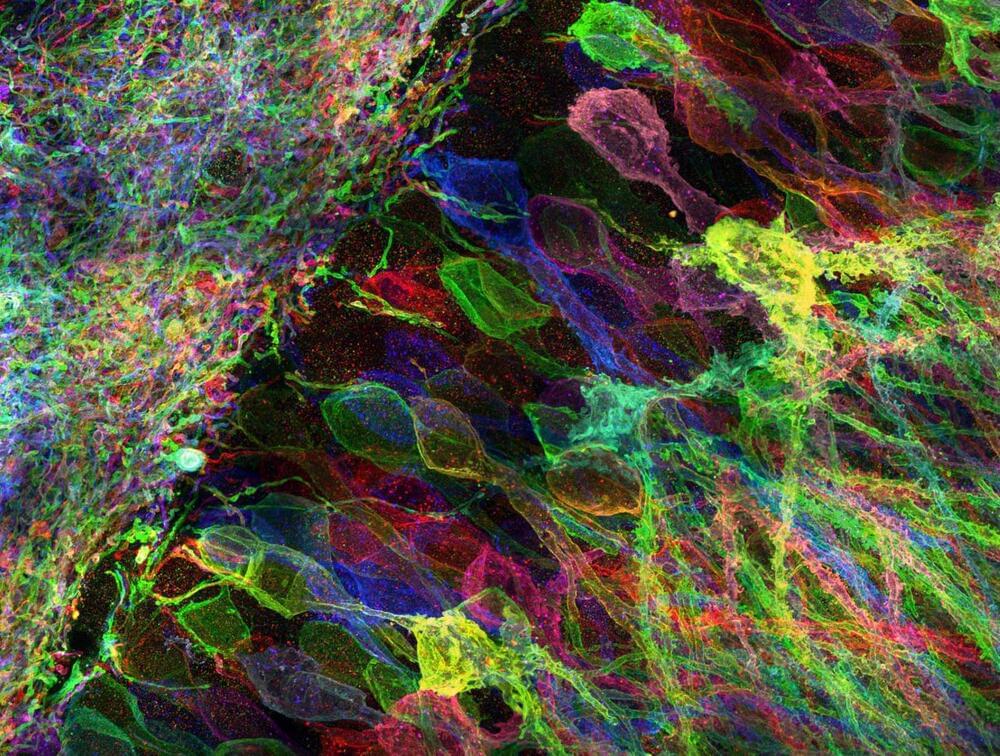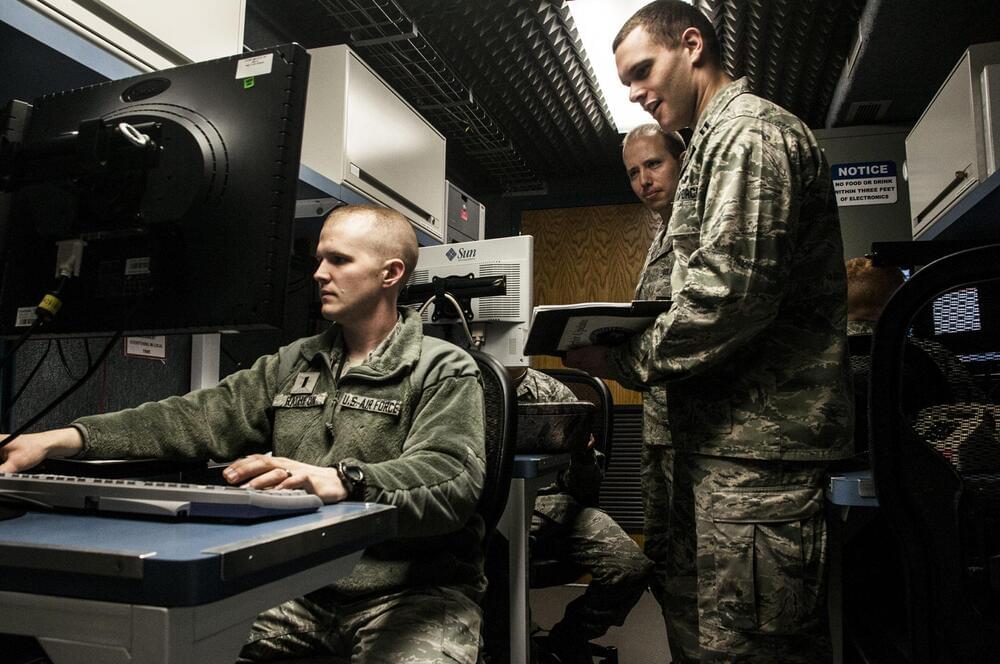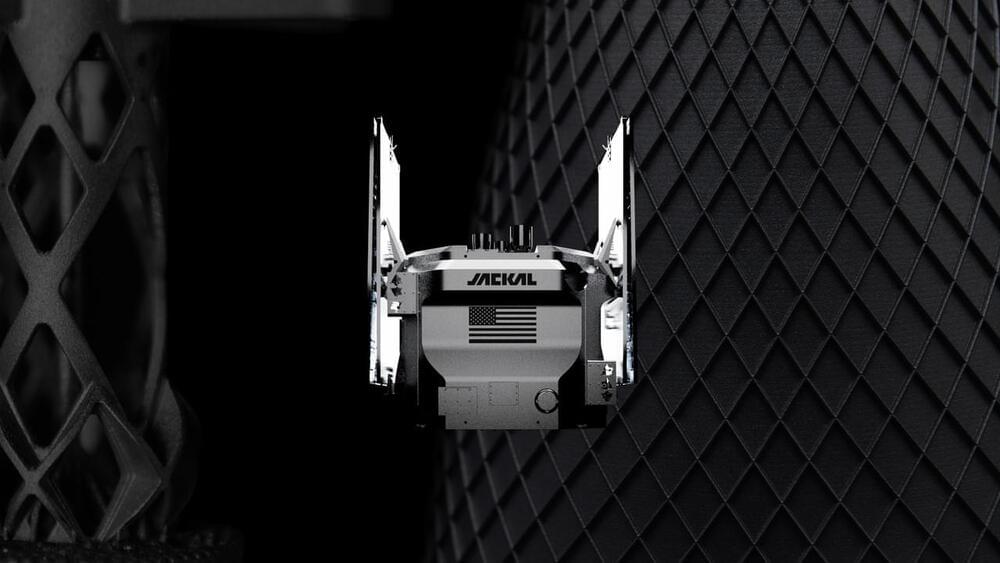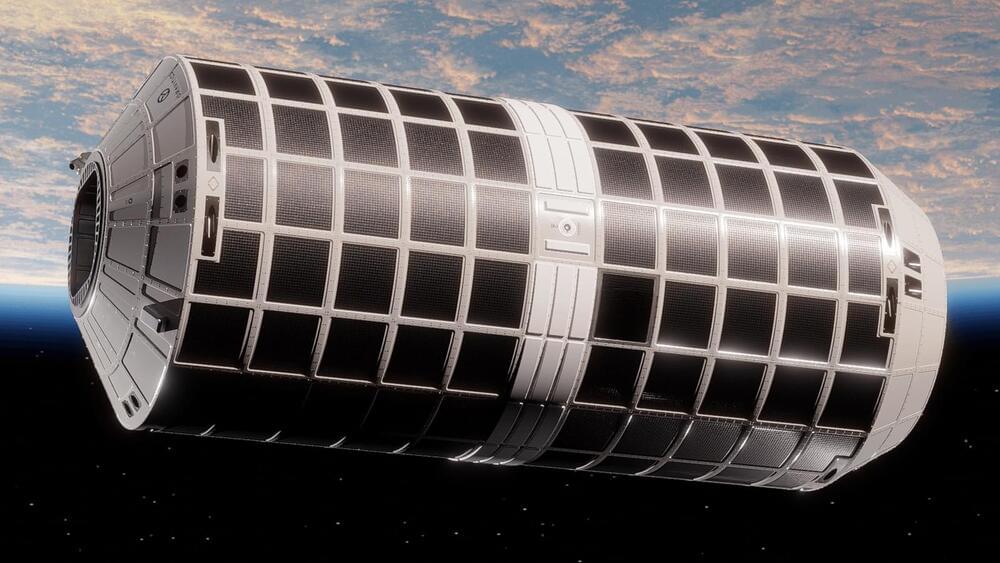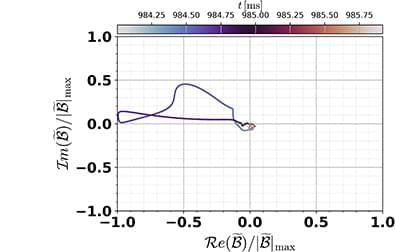A unique genetic mutation in two siblings – that has never been seen in anyone else – has been discovered by UK researchers at the University of Exeter, pointing the way towards new treatment options for type 1 diabetes.
The mutation is in the gene for a protein called programmed death-ligand 1 (PD-L1), and a new study explains how it may be responsible for the autoimmune form of diabetes that the children developed at a very young age.
“We searched the globe, looking at all the large-scale datasets that we know of, and we haven’t been able to find another family,” says molecular geneticist Matthew Johnson, from the University of Exeter in the UK.

